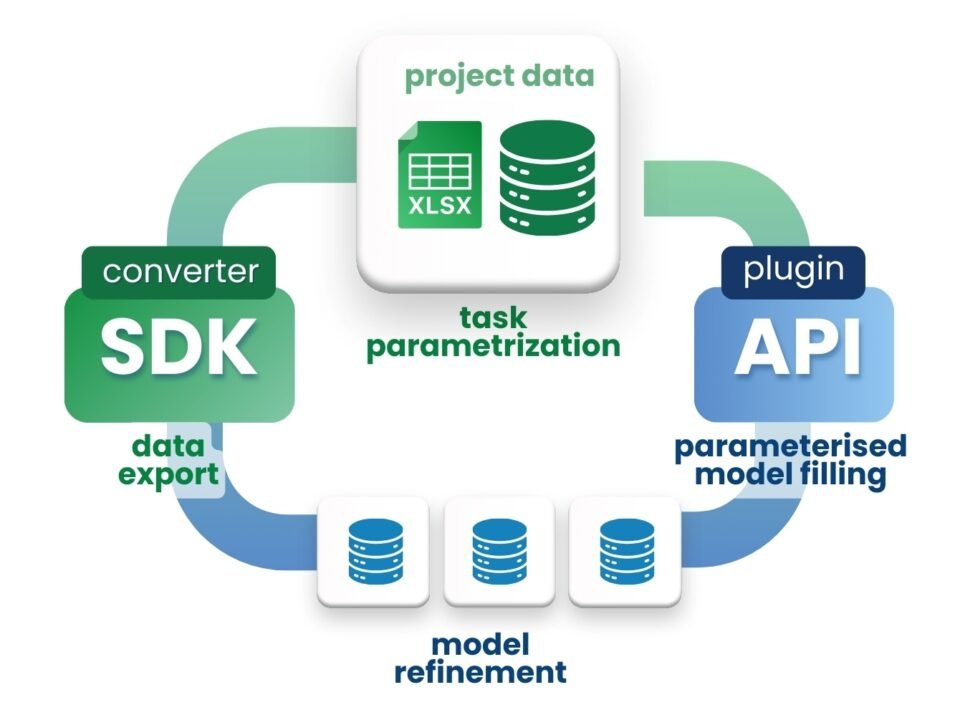When working with the design data of the future, it is unlikely that anyone really needs to understand the geometric kernels of proprietary tools or learn hundreds of incompatible formats containing the same information. However, without understanding why the move to open structured data is important, it is difficult to argue for the use of new free tools, open data, and approaches that are unlikely to be promoted by software vendors.
In this chapter we have discussed the key features of CAD (BIM) data, their limitations and opportunities, and that despite the marketing promises of vendors, engineers and designers every day face difficulties in extracting, transferring and analyzing design information. Understanding the architecture of these systems and learning about alternative approaches – based on open formats and automation through LLM – can make life much easier for even a single professional, let alone companies. To summarize this part, it is worth highlighting the main practical steps that will help you apply these approaches to your daily tasks:
- Expand your toolkit for working with project data
Explore available plug-ins and utilities to extract data from the CAD – (BIM-) systems you use
Explore available SDKs and APIs that allow you to automate data extraction from closed formats without having to manually open specialized software
Master basic skills in working with open non-parametric geometry formats (OBJ, glTF, USD, DAE) and corresponding open source libraries
Try to think about a system for storing project metadata separate from geometry outside of CAD (BIM) solutions to simplify analysis and integration with other systems
Use LLM to automate data conversion issues between formats
- Create your own processes for handling project information
Begin to describe tasks and modeling requirements through parameters and their values in simple and structured formats
Create a personal library of scripts or code blocks for frequently performed operations
- Promote the use of open standards in your work
Invite colleagues and partners to share data in open formats that are not restricted by the software vendor ecosystem
Demonstrate the benefits of using structured data with specific examples
Initiate discussions about problems with closed formats and possible solutions
Even if you cannot change your company’s policy regarding CAD – (BIM-) platforms, a personal understanding of the principles of working with project data in open formats will allow you to significantly increase the efficiency of your work. By creating your own tools and methods for extracting and transforming data from different formats, you not only optimize your workflows, but also gain the flexibility to bypass the limitations of standard software solutions.






















